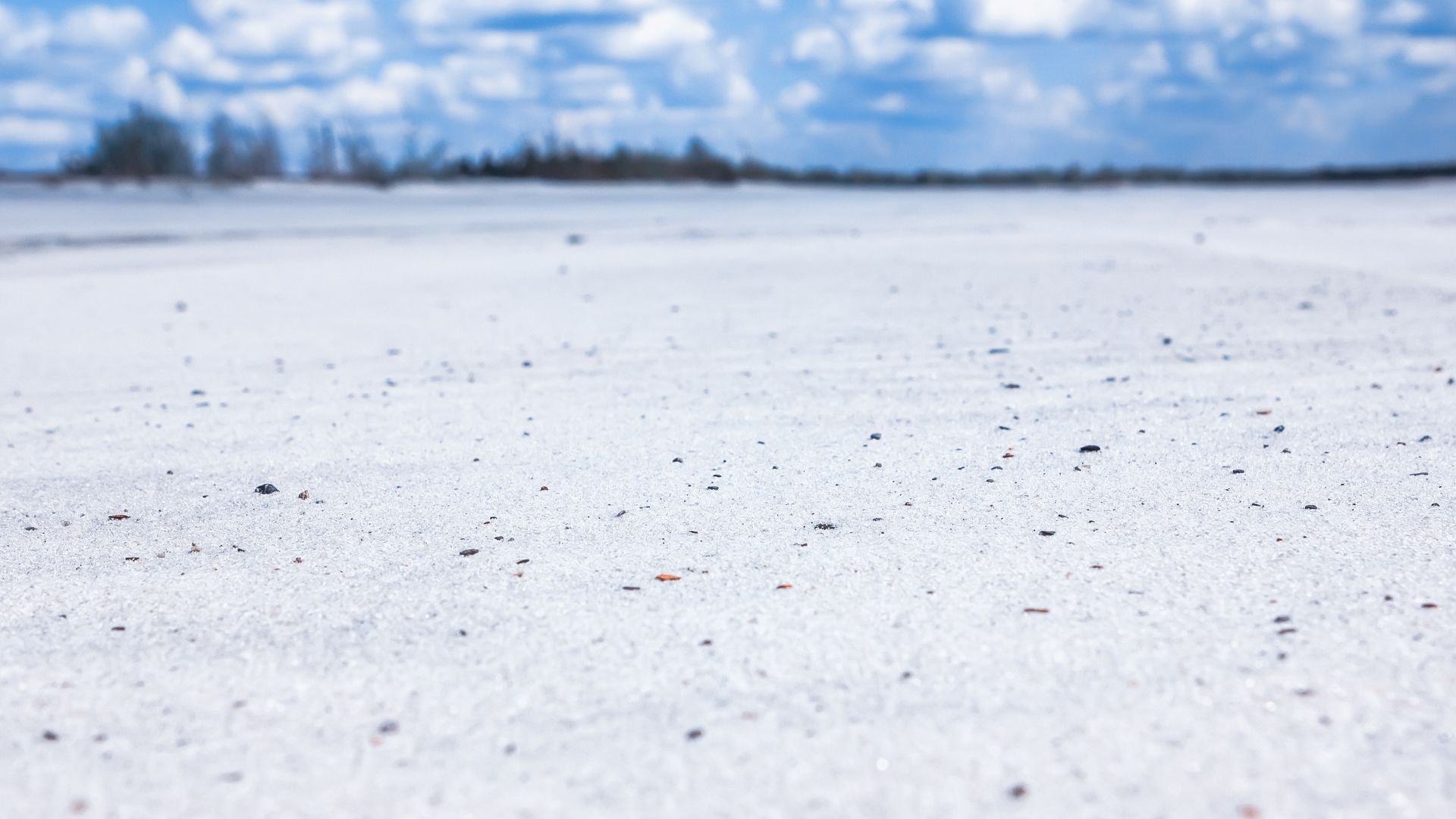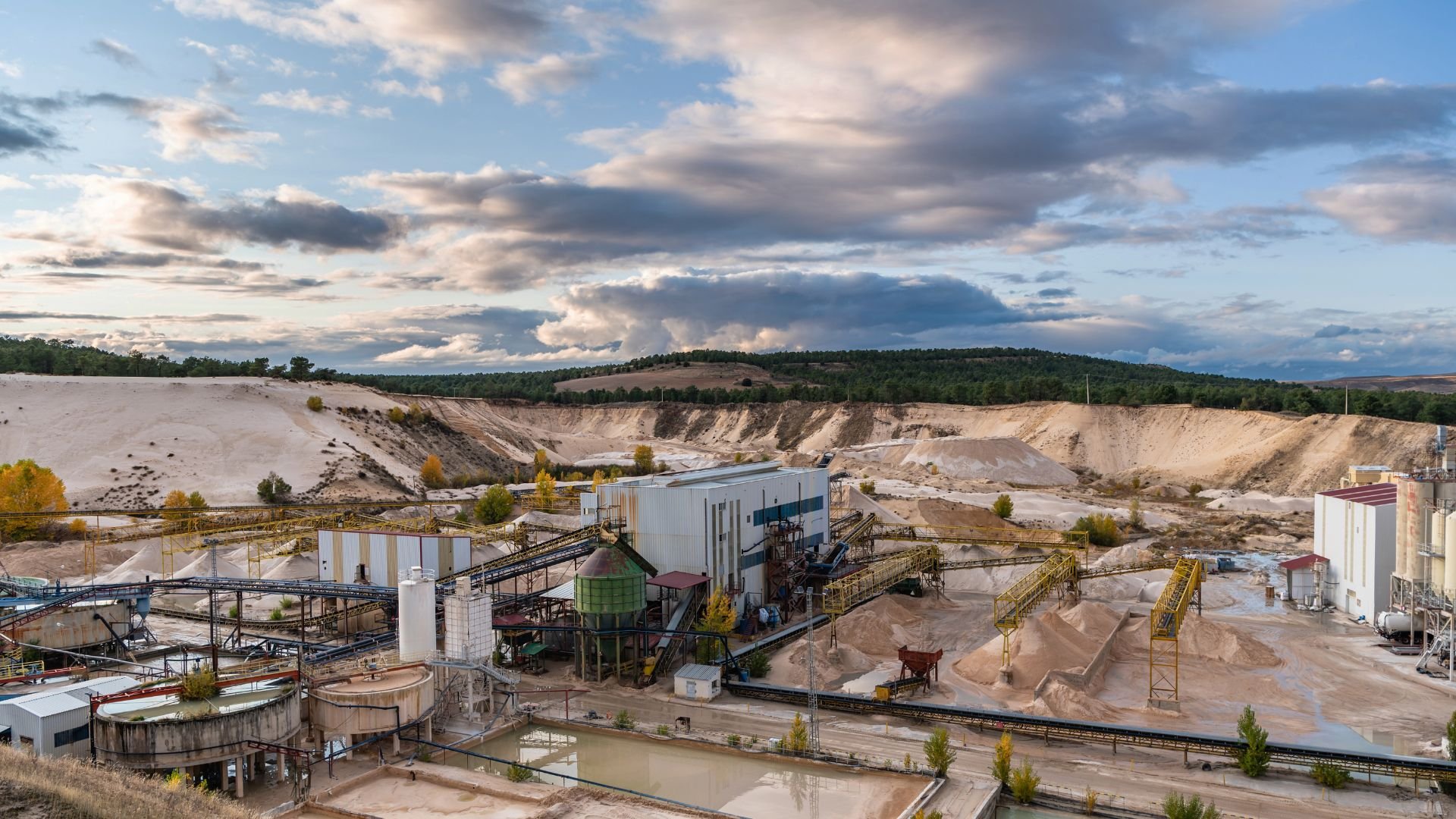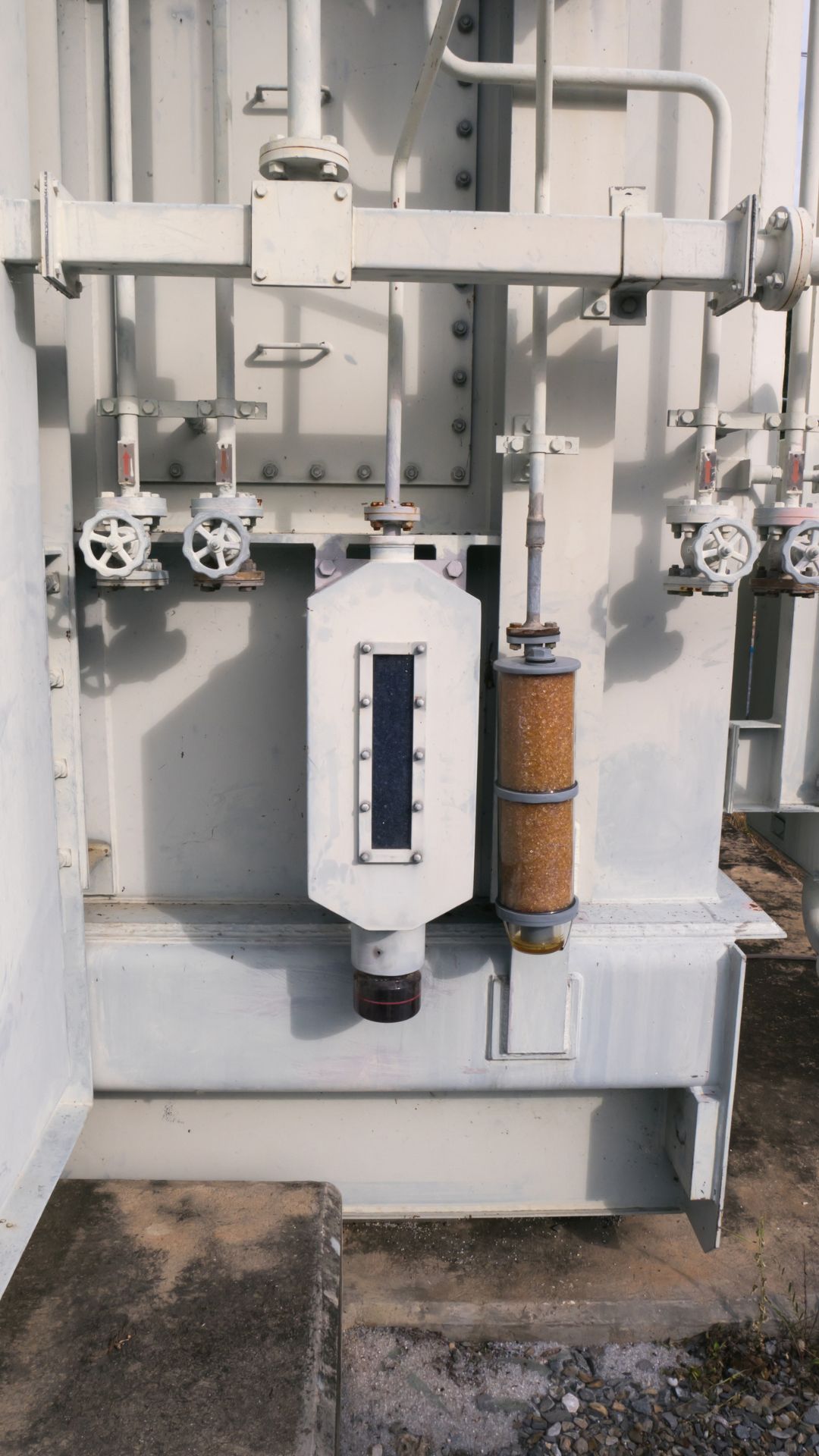
At Irwin’s Safety, we provide specialized workplace silica assessment and mitigation to help companies proactively protect their workers from this serious hazard.
Silica refers to crystalline silica dust found in concrete, stone, rock, brick, mortar and other construction materials. When these materials are cut, drilled, crushed or otherwise disturbed, it generates airborne silica dust particles that are 100 times smaller than sand grains. Prolonged inhalation causes irreversible lung disease and damage.
Our expert consultants conduct thorough silica assessments to identify exposures and evaluate risks. We sample air quality, analyze work processes, and inspect personal protective equipment (PPE) use. This provides a complete understanding of workplace silica hazards so targeted control measures can be implemented.

We offer a full range of silica hazard prevention services to protect workplaces across Canada. Our expertise includes:
Proper assessment, testing and mitigation of silica hazards prevents development of serious illnesses like silicosis, lung cancer, chronic obstructive pulmonary disease and kidney disease. We ensure your workers’ health is protected.

These industries handle silica-containing materials can benefit:
Similar to asbestos, exposure to silica flour presents a serious jobsite danger that requires proper assessment and strict controls to mitigate health risks. Controlling silica exposure is crucial for any industry that disturbs silica-containing materials.
Is there silica in Canada?
Yes, silica is naturally present in soils, rocks, and minerals across Canada.
Is silica gel a hazard?
No, silica gel packets commonly found in packaging are not a health hazard. The silica is in a solid gel form, not a respirable dust. Silica gel packets are safe to handle and touch. However, the silica used in some manufacturing processes can be hazardous if inhaled over time.
What is the exposure limit for silica?
The occupational exposure limit for respirable crystalline silica is 0.025 mg/m3 (25 μg/m3) in Canada over an 8 hour shift. This exposure limit aims to protect workers from silicosis and other silica-related diseases.
What is a silica exposure control plan?
A written program outlining procedures and protective measures to eliminate or minimize worker exposure to airborne silica dust. Includes exposure monitoring, PPE, training, work practices, and record keeping.
Protecting workers from dangerous silica dust exposure requires advanced technical skills and experience. Irwin’s Safety team has proven expertise in silica assessment and control programs.
to discuss safeguarding your workforce!
or Phone +1 (855) 747-9467

“The safety of the people shall be the highest law."
– Marcus Tullius Cicero, Roman philosopher born in 106 BC